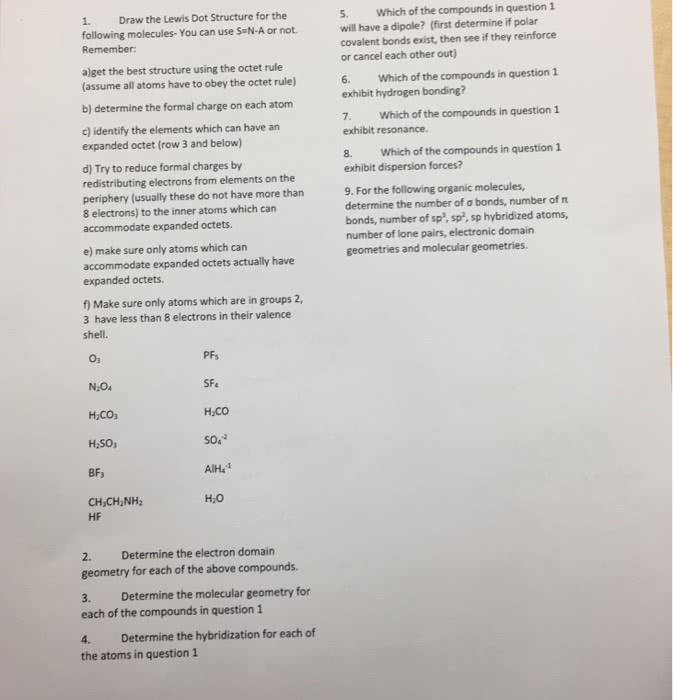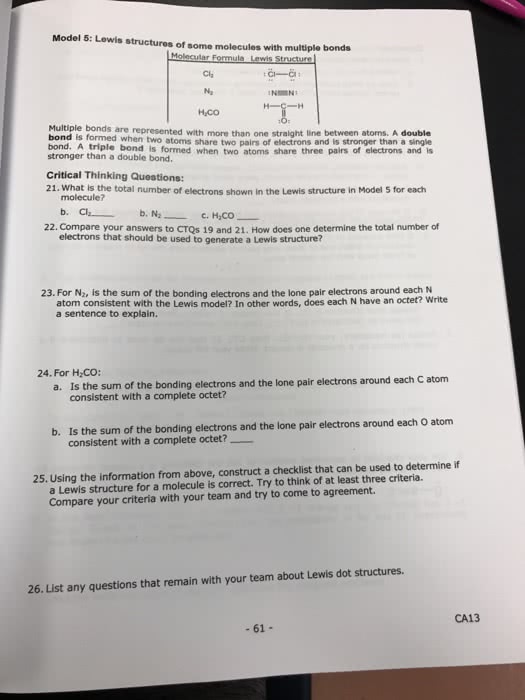01:160:161 Chapter Notes - Chapter 5.5-5.6: Molecule, Octet Rule, Bond Energy
Document Summary
Molecules and ions with an odd number of electrons in their lewis structures are free radicals (or simply radicals) Elements in the third row of the periodic table and beyond often exhibit expanded octets of up to 12 (and occasionally 14) electrons. The bond energy of a chemical bond is the energy required to break 1 mole of the bond in the gas phase. Bond energies are positive because energy must be put into a molecule to break a bond (the process is endothermic) The bond energy of a particular bond in a polyatomic molecule is a little more difficultly to determine because a particular type of bond can have different bond energies in different molecules. We can calculate an average bond energy for a chemical bond, which is an average of the bond energies for that bond in a large number of compounds.



